People always gawp at unprecedented inventions that make the world seem like a smaller place. The locomotive, for example, the car, the aeroplane.
And then, in an admittedly chunky leap, the Bugatti Veyron of 2005.
At its world-shrinking top speed of 253mph, you could get from London to Glasgow in two hours. That would be without fuel stops, however; you would actually have to make those every 12 minutes.
There’s a good reason for this unrestrained (11mpg) thirst. Totals of 987bhp and 921lb ft come from an 8.0-litre, quad-turbocharged W16 engine, resulting in a 0-62mph time of 2.5sec.
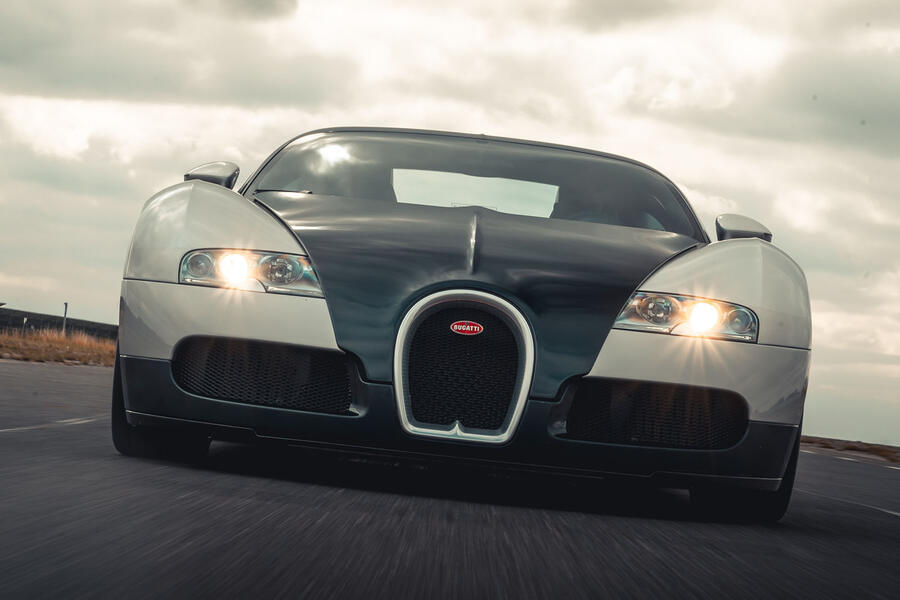
The Veyron pulverised the then record holder, McLaren’s legendary F1. If you had a drag race and gave the F1 a head start to 125mph, the Veyron would still hit 200mph first.
An even faster edition would follow in 2010, called the Super Sport, hitting 267mph with a streamlined body, an elongated, flattened engine cover and a power increase to 1184bhp. Targa-top versions of the original Veyron and the Super Sport arrived in 2009 and 2012, called the Grand Sport and Grand Sport Vitesse.
But let’s rewind to the Veyron’s development in the late 1990s. It was the brainchild of Volkswagen Group chief Ferdinand Piëch, who decided to reinvigorate Bugatti and engineer the world’s fastest car – sketches of which were allegedly done on the bullet train from Tokyo to Nagoya.
To power it, engineers mated two Audi-derived V8s and used 10 radiators for cooling, each costing £6000. Those two ducts you see on either side of the engine bay? They supply the turbos alone.
Covering that was a timeless, slippery body. Sauber’s wind tunnel was chosen to sculpt said body, but it could test only to the 220mph V-max of Formula 1 cars, so Bugatti instead had to use another facility. Little is known about it, but we do know it had a 9046bhp, eight-metre-wide fan.

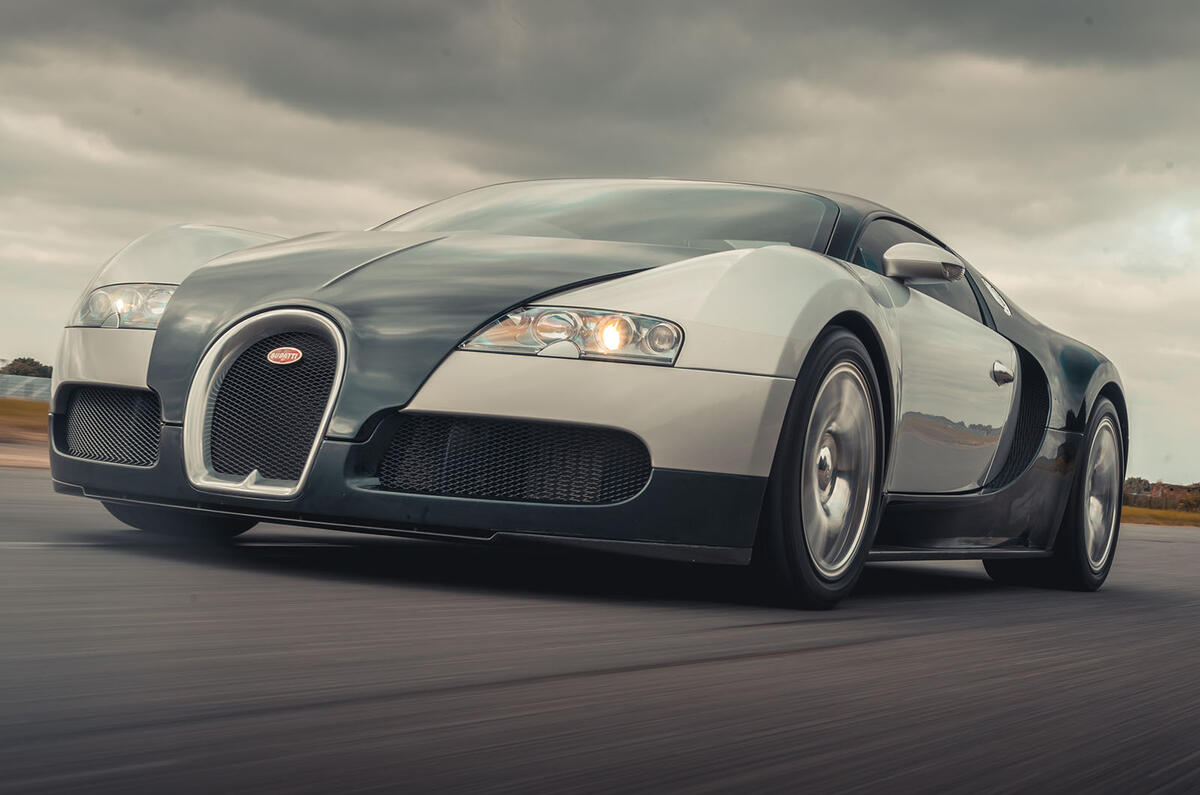
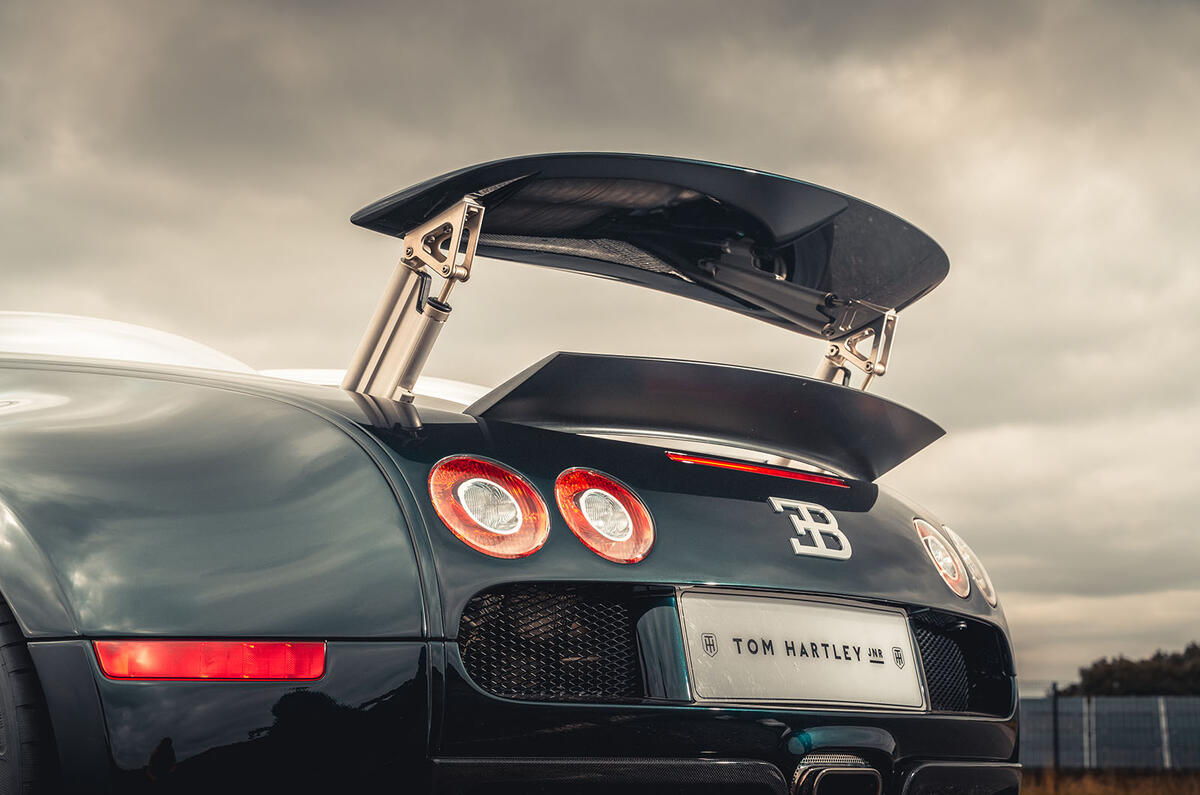
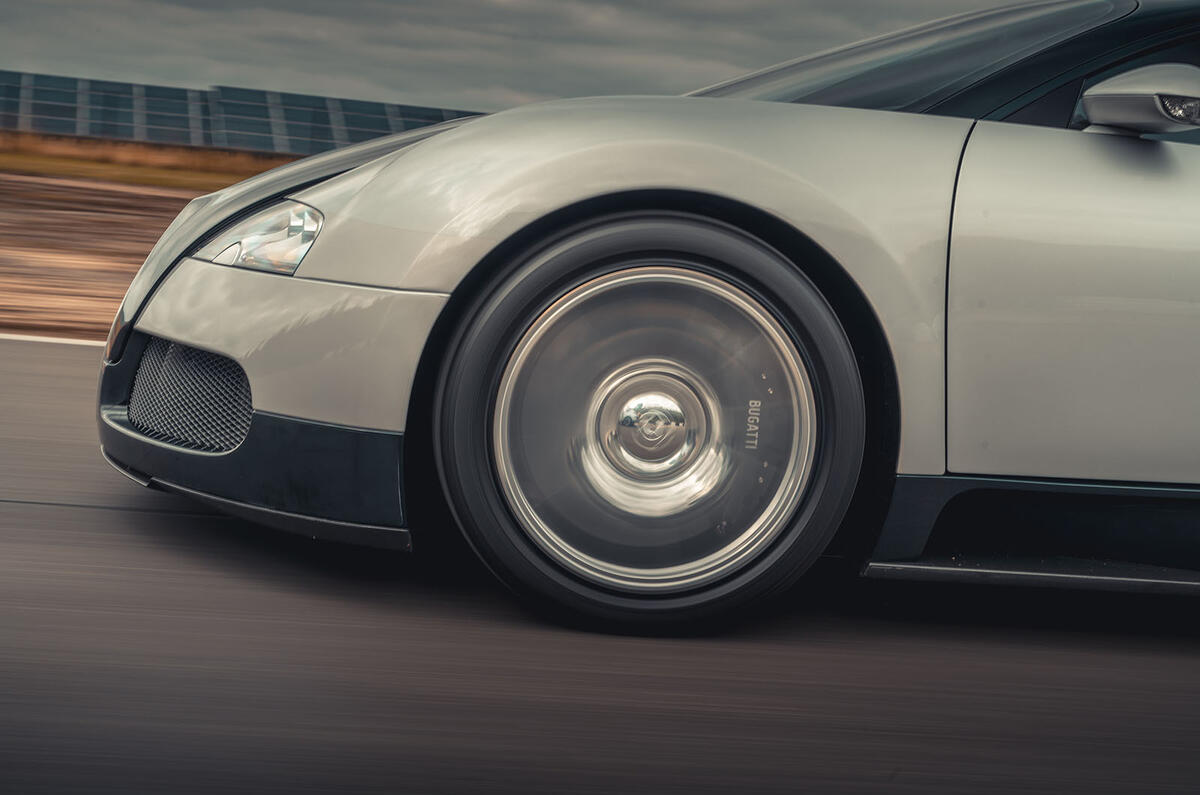

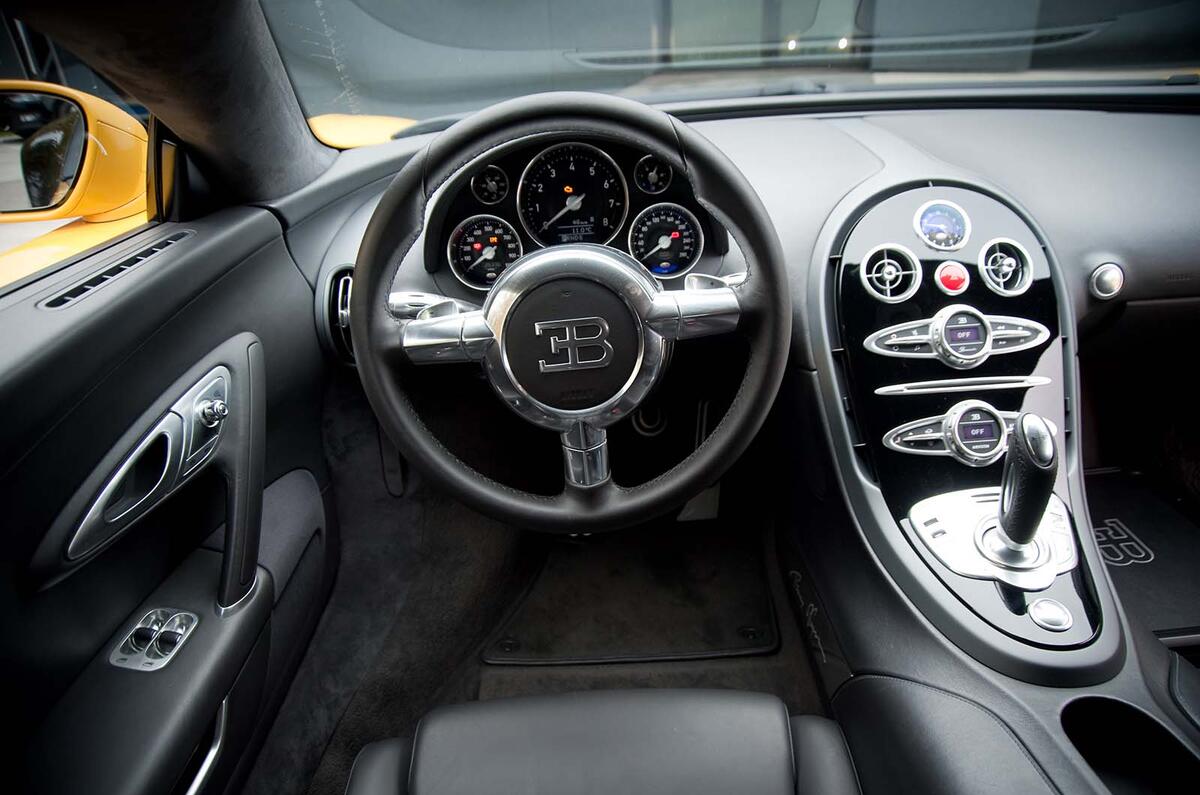
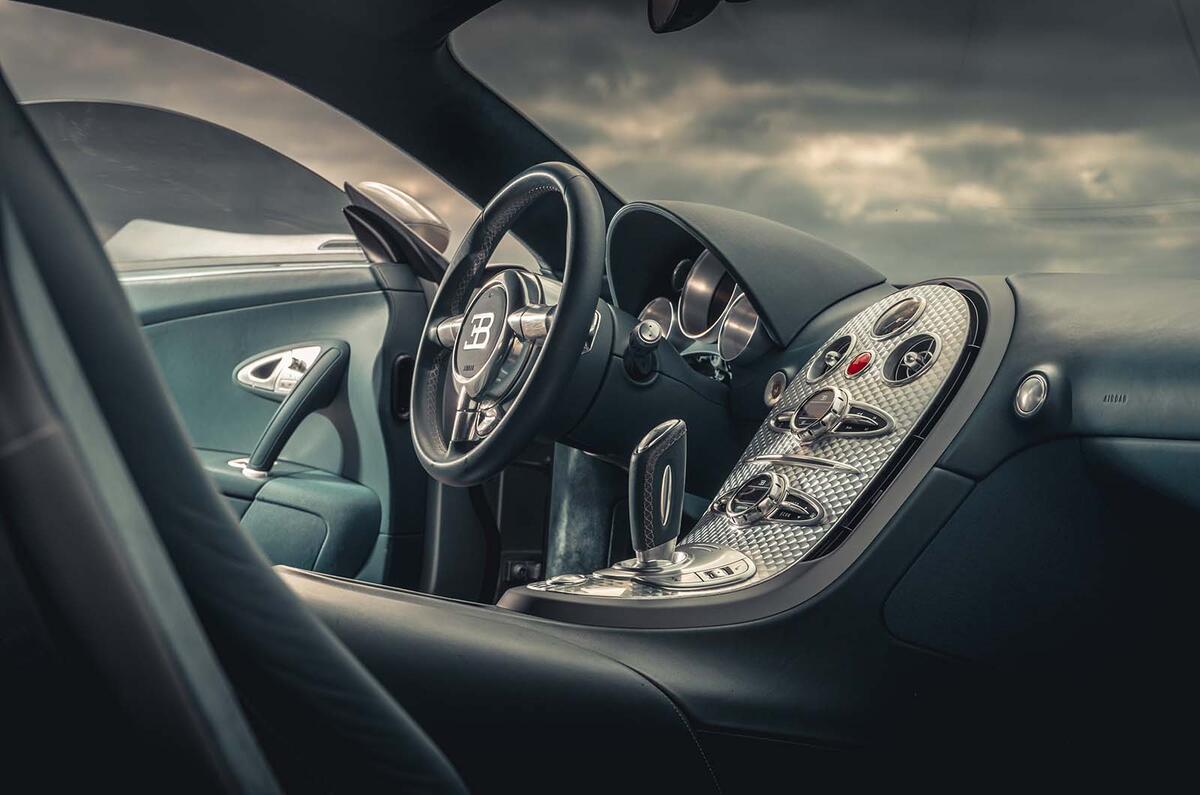
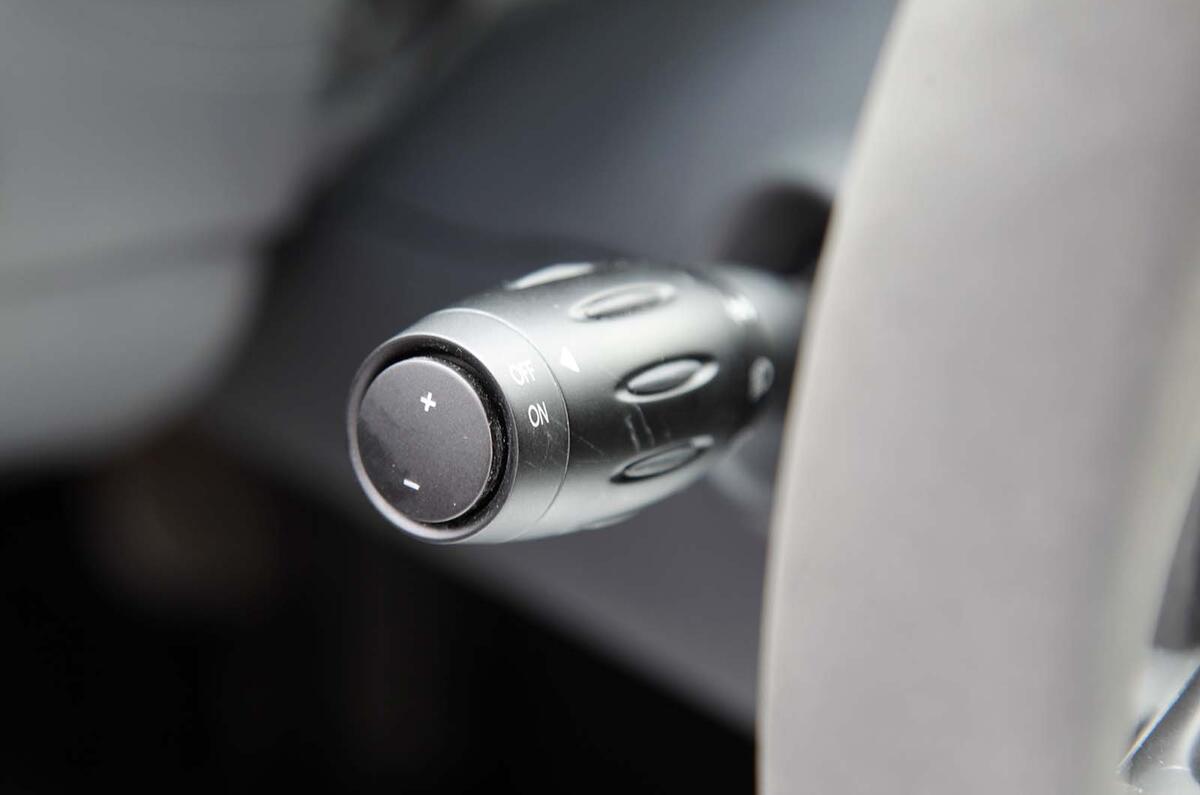
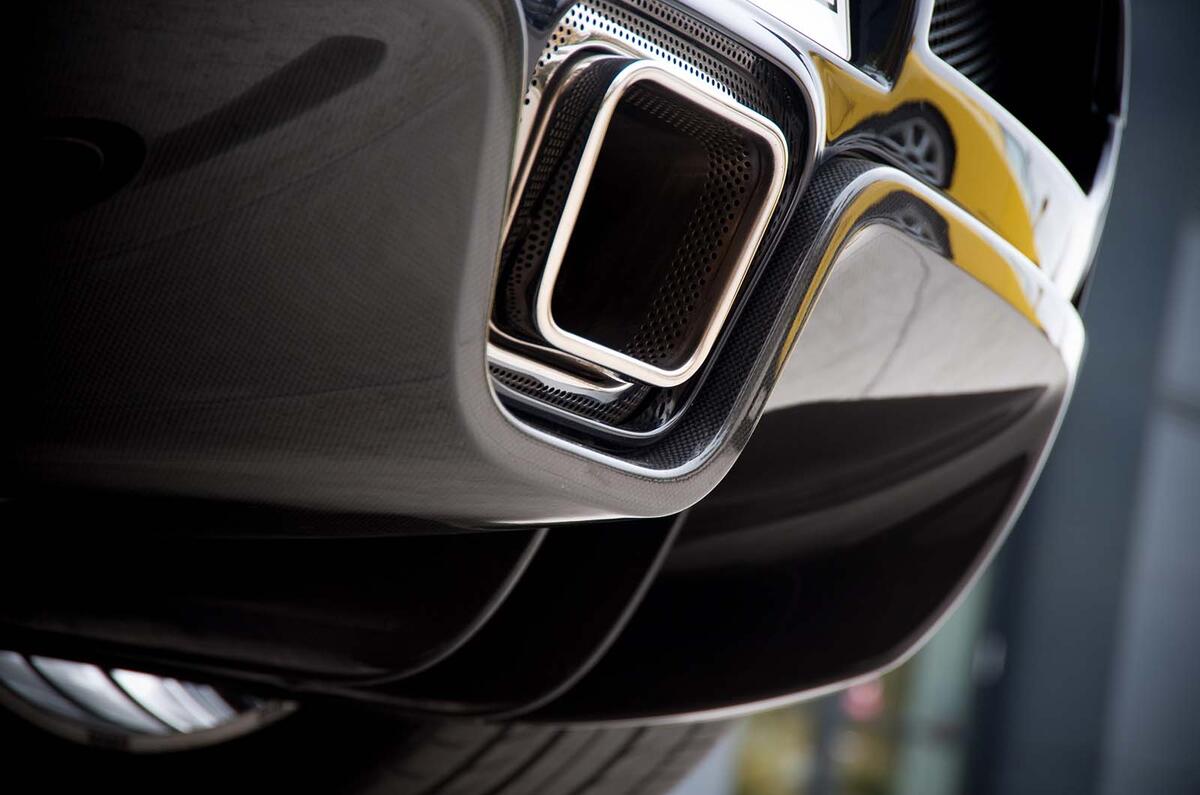
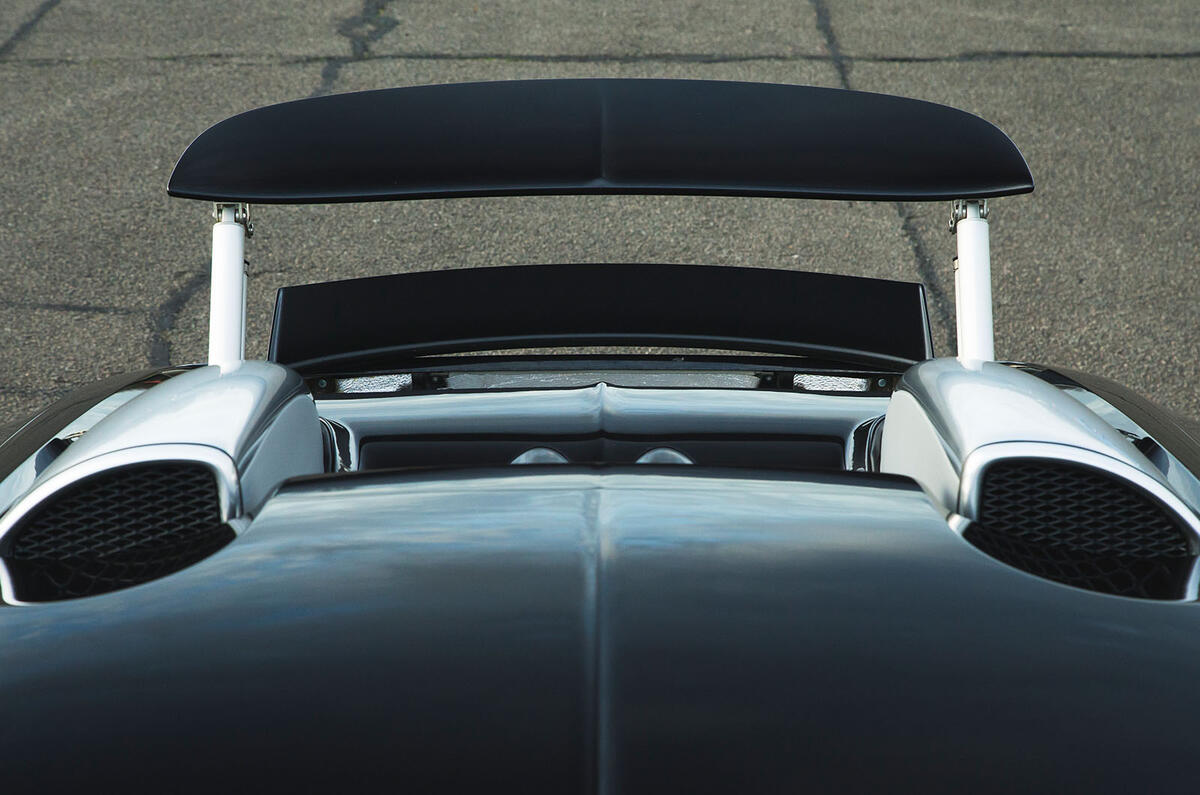
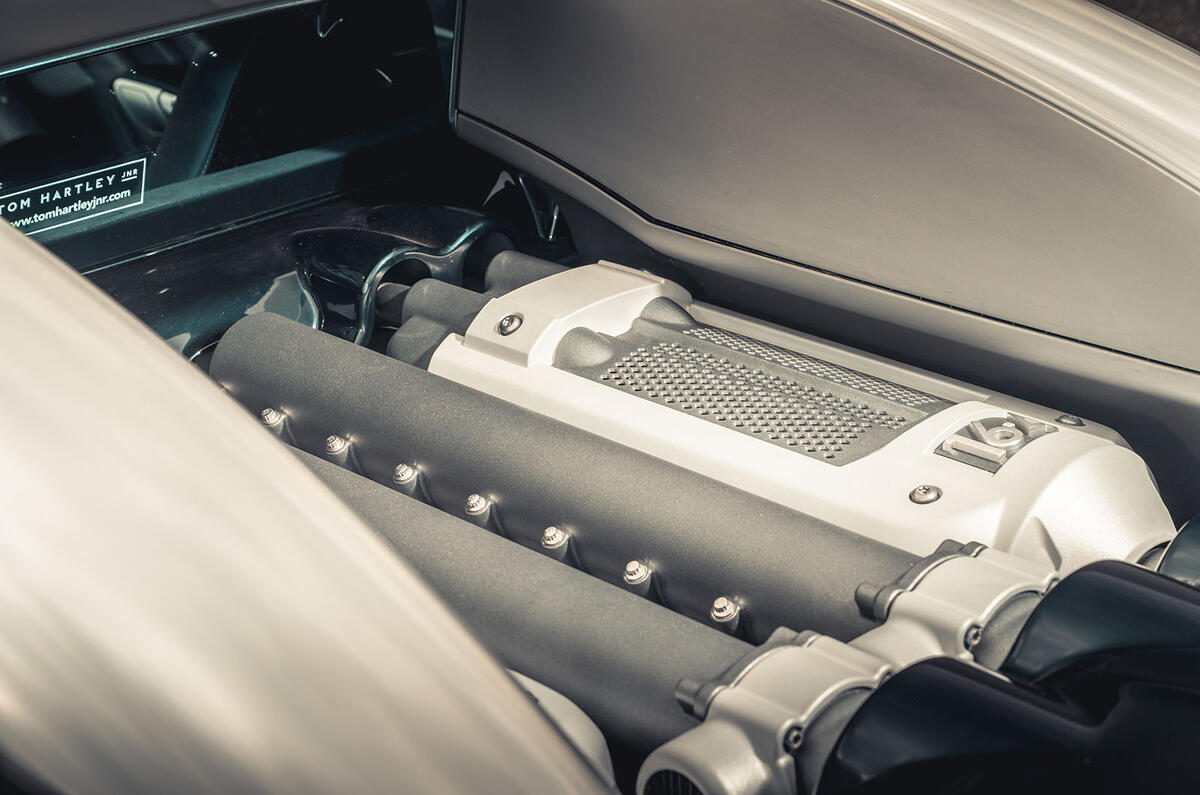
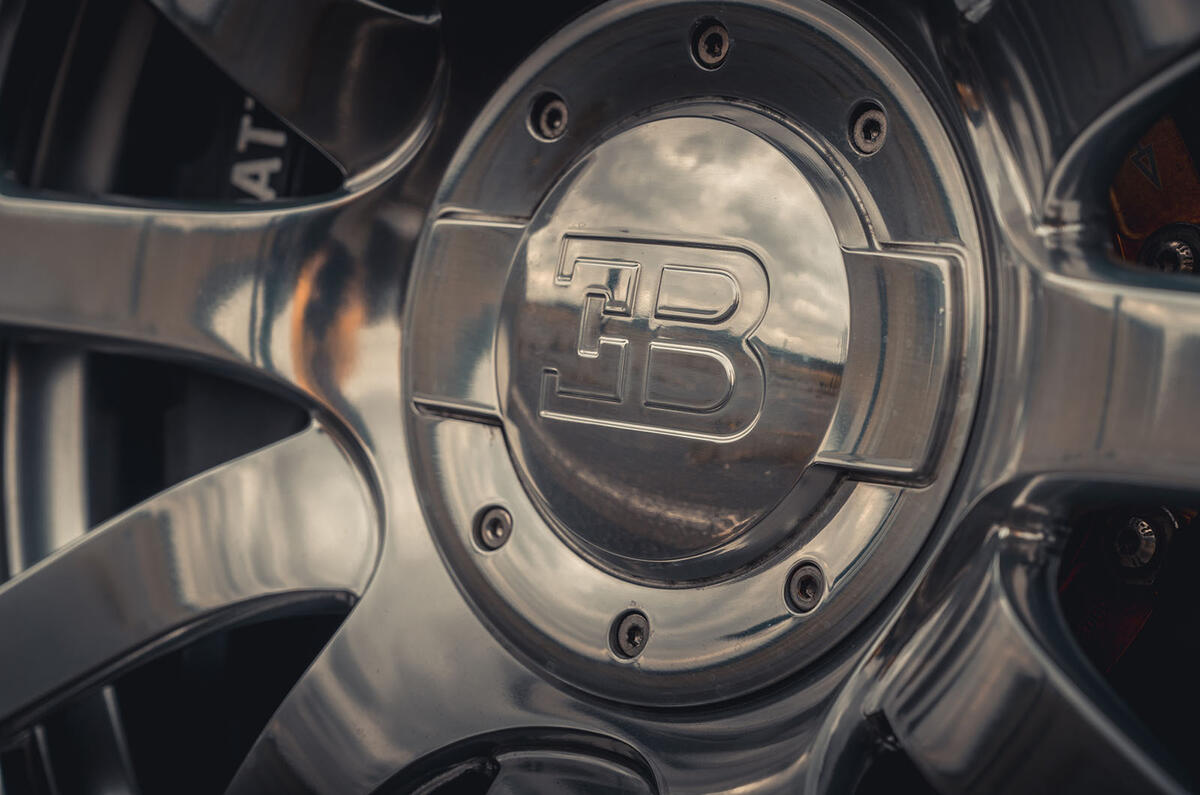
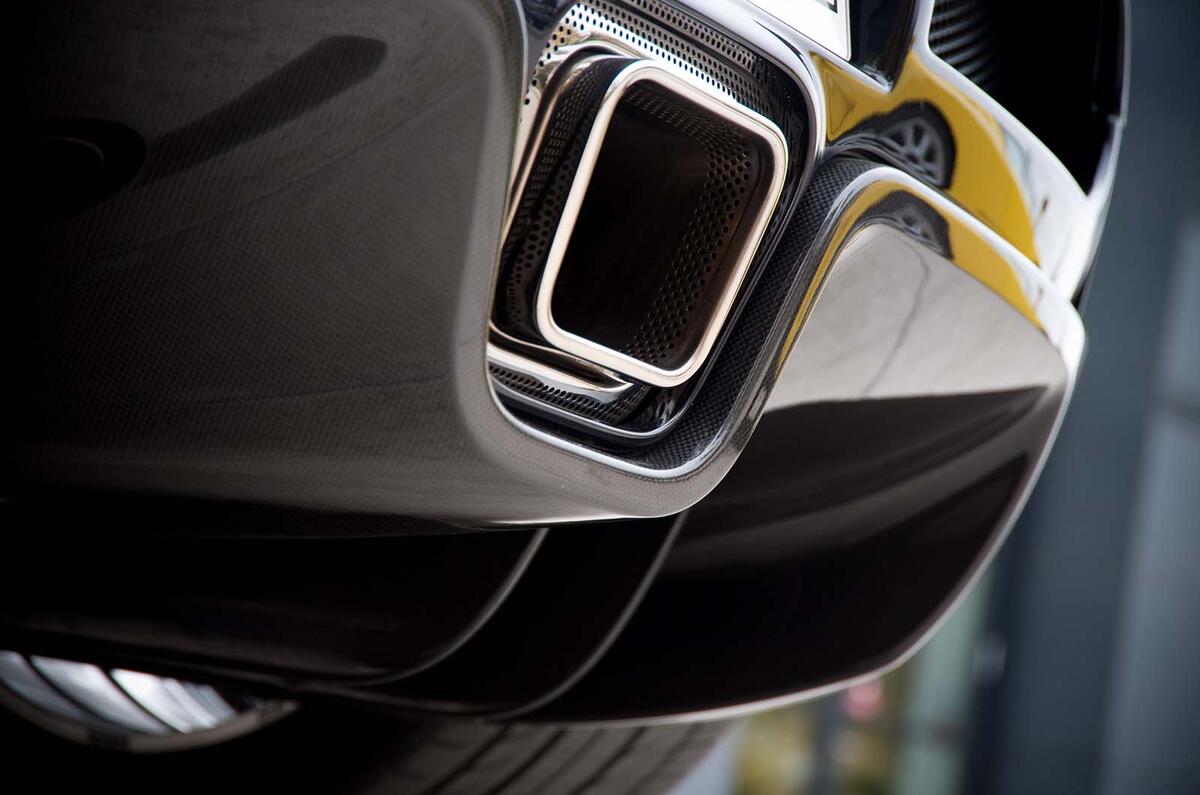

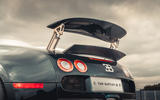
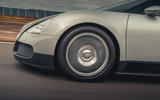


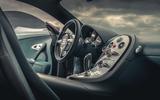
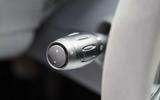
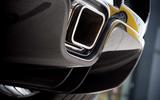

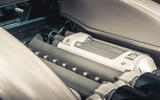



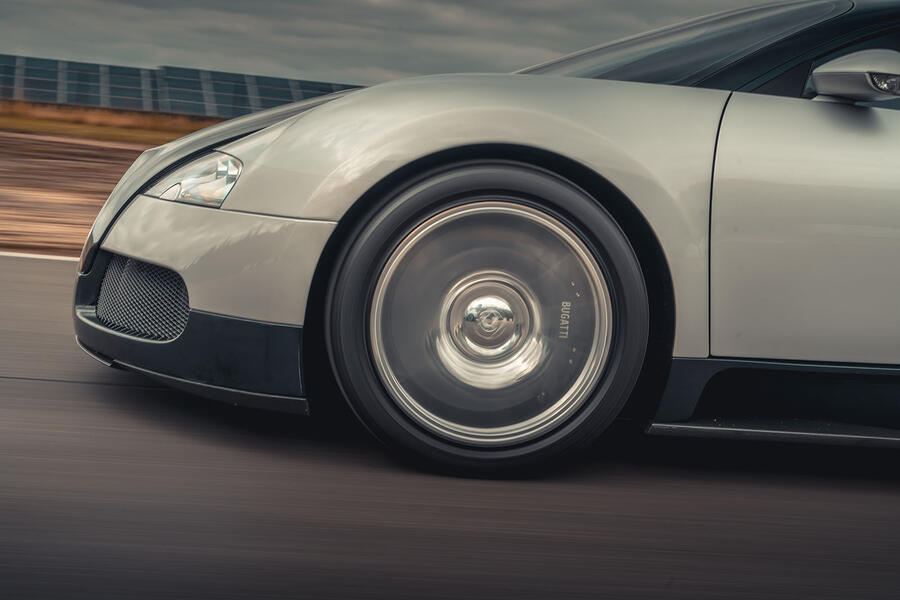
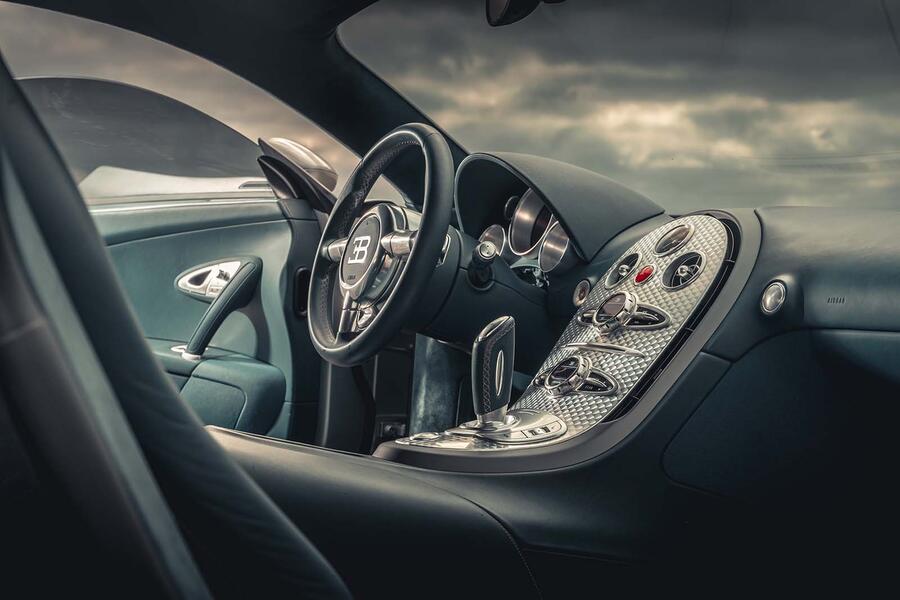
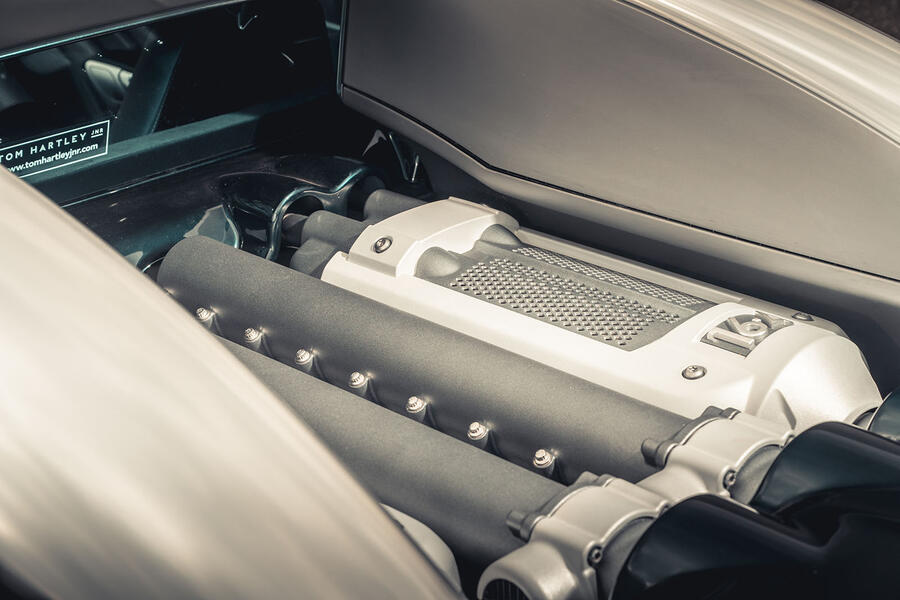
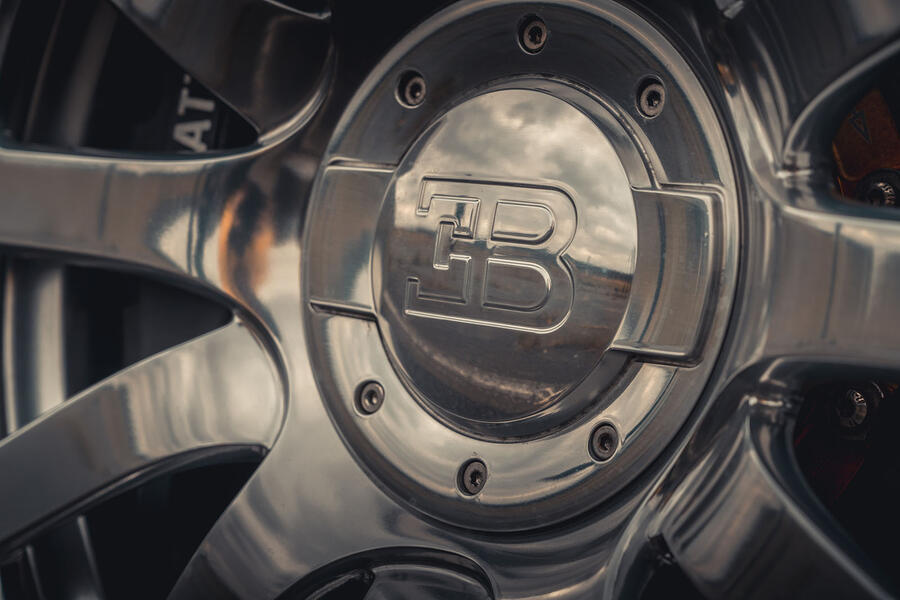
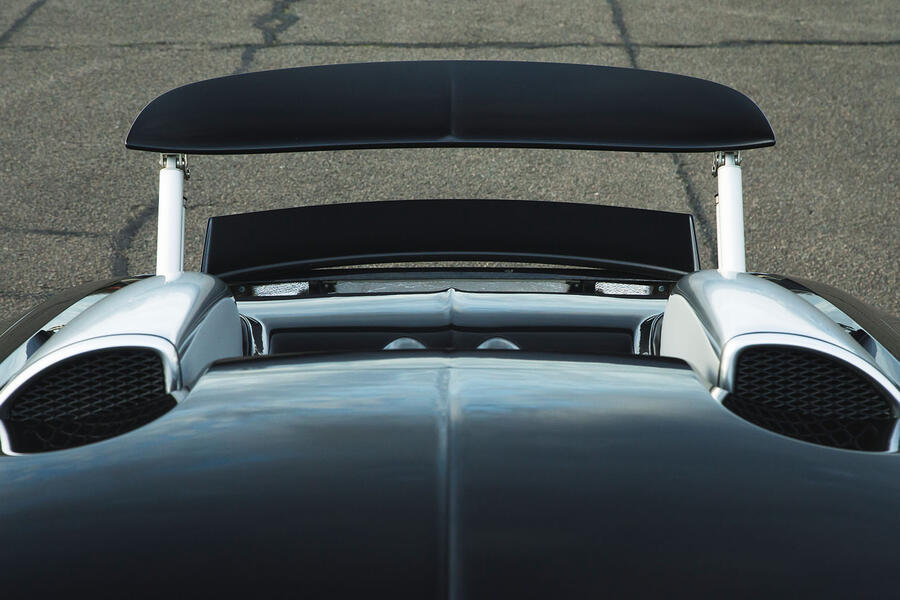
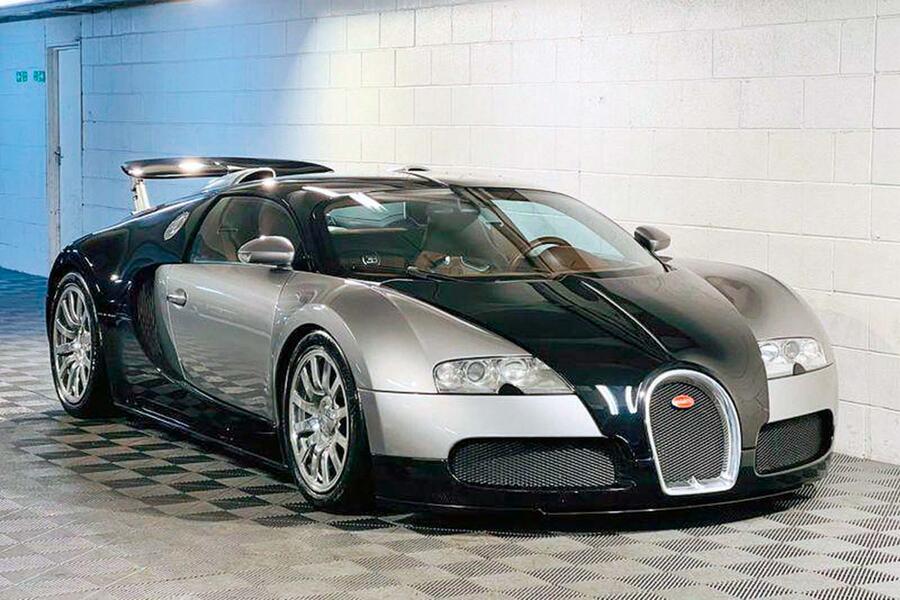
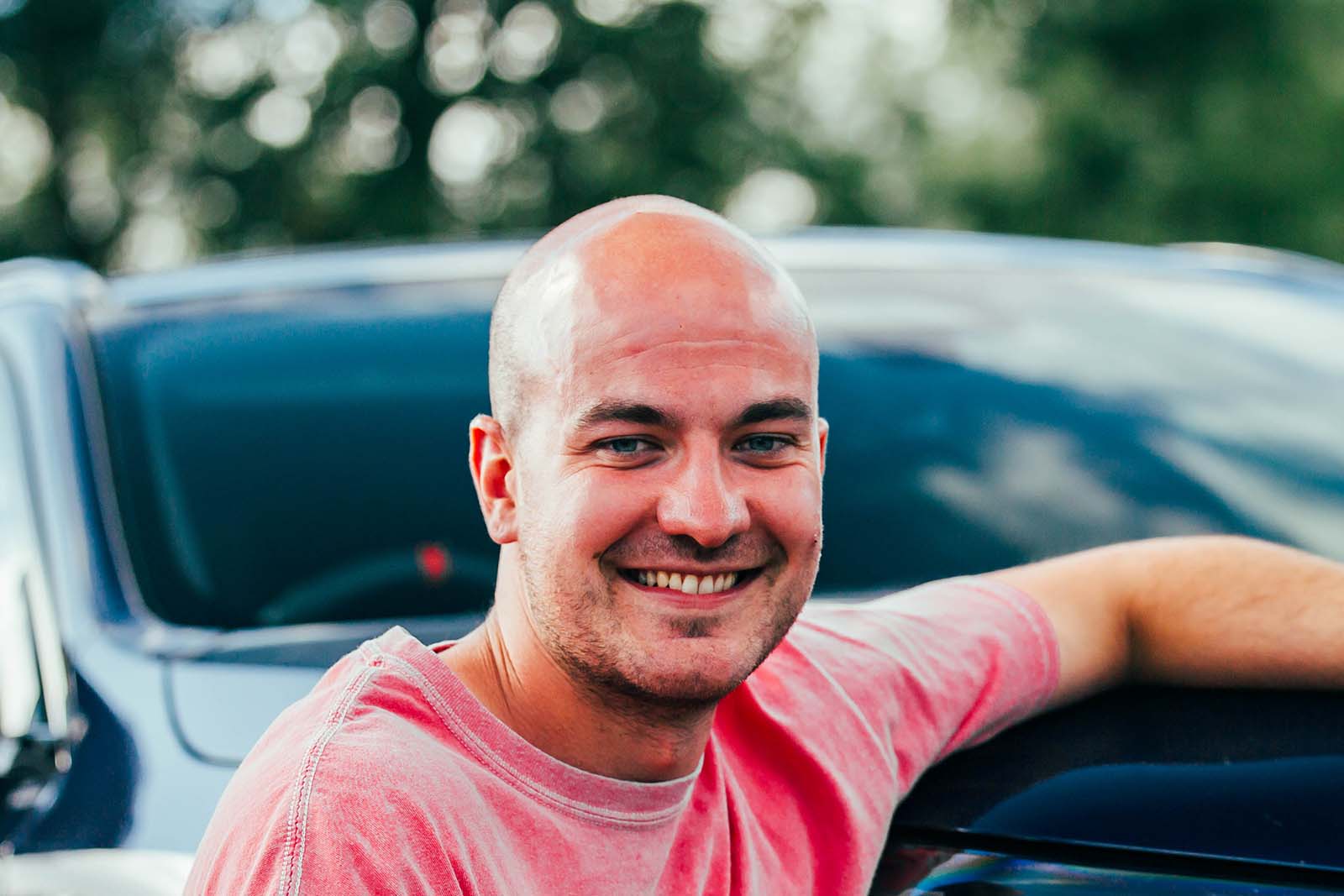




Join the debate
Add your comment
Are you taking the p ! ss?
Are you taking the p ! ss?
If you ever see one consider yourself lucky, they don't harm the Planet as your made by the thousand cars that you and I drive, yes, most Veyron will be hardly run in, yes new Tyres will cost the same as your new car( tyres are changed for safety reasons not much leagal limit Rubber is left on them) and frankly, if you can afford a Veyron then running it isn't going to worry you, you'll probably own five or ten cars anyway, they'll probably be in other countries in properties, so, they've got a great life, owners won't care what or who says about a Car, it's inverted snobbery, people who generally rubbish cars like this wouldn't say no if they suddenly become seriously wealthy.